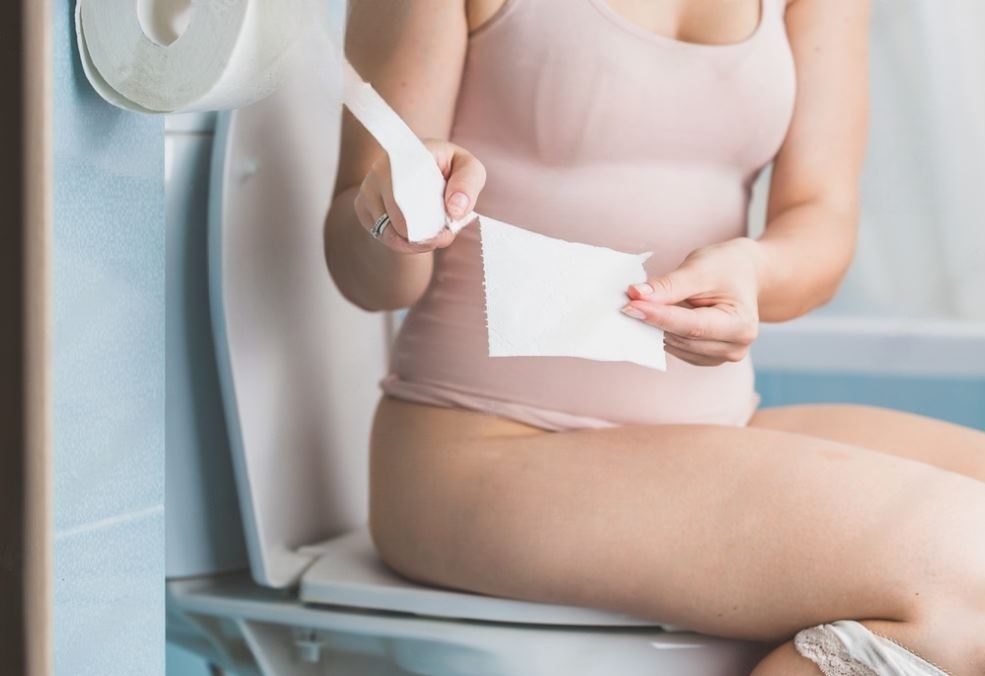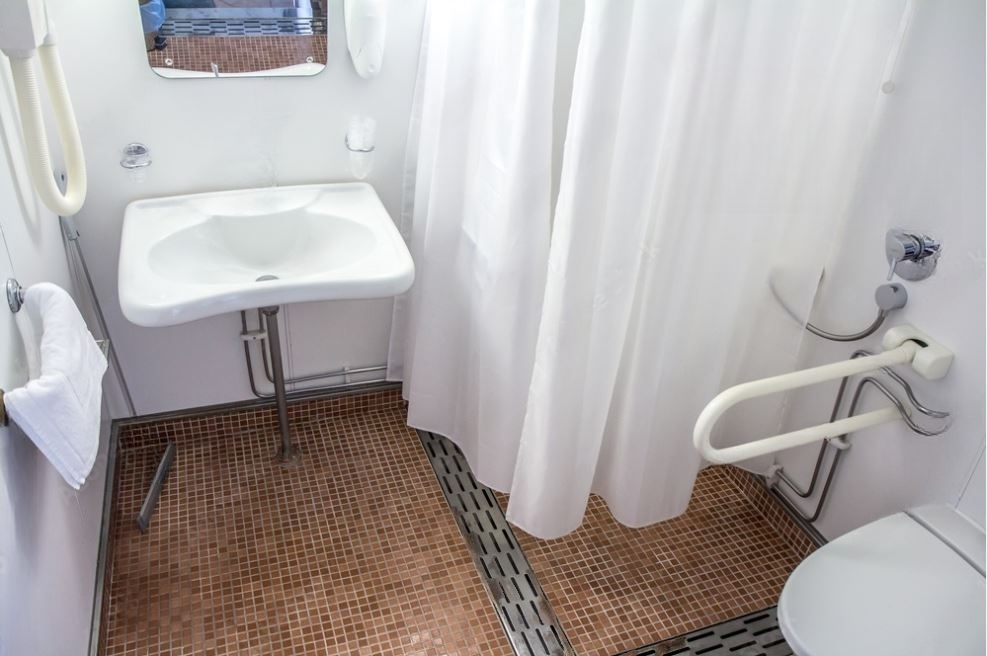Table of Contents
Are bidets only for women?

Bidets are actually designed to be a gender-neutral bathroom fixture that can benefit both men and women. The primary function is to be used by right audience for bidets and to provide a gentle and thorough cleaning of the genital and anal areas, which can be beneficial for anyone.
In fact, bidets can be particularly useful for men who have prostate or other medical conditions that make it difficult to properly clean the area after using the toilet. Bidets can also help reduce the risk of infection and irritation in both men and women by thoroughly cleaning the area without the use of harsh toilet paper.
While it is true that bidets may be more commonly used by women in some cultures, this is largely due to social and cultural factors rather than any inherent difference in how the fixture can be used. In many European countries, for example, bidets are commonly used by both men and women and are considered a standard fixture in bathrooms.
Can a handheld bidet be used by both men and women?

Yes, a handheld bidet sprayer can be used by both men and women. Handheld bidets, also known as bidet sprayers or shattaf, are versatile and easy to use, making them a popular choice for personal hygiene.
To use a handheld bidet sprayer for toilet, simply hold the sprayer and direct the water stream to the desired area for cleaning. The angle and pressure of the water can be adjusted for individual comfort and preferences.
Both men and women can benefit from using a hand bidet, as it provides a gentle and thorough cleaning of the genital and anal areas after using the toilet. Handheld bidets are particularly useful for individuals with mobility or dexterity issues, as they provide a more efficient and effective cleaning method than traditional toilet paper.
Overall, handheld bidets are a great option for anyone looking to improve their personal hygiene and reduce their environmental impact by reducing the use of toilet paper.
Can children use bidets?

Yes, children can use bidets. Bidets are often used for personal hygiene and cleaning purposes, and they can be used by individuals of all ages, including children. However, it’s important to note that the use of bidets by children may require some supervision or assistance, especially for younger children who may need help operating the controls or understanding the process.
When introducing children to bidets, it’s a good idea to explain how they work and demonstrate the proper usage. Parents or guardians can provide guidance on adjusting the water temperature, water pressure, and positioning to ensure a comfortable and effective cleaning experience. Additionally, parents may want to supervise children to ensure they are using the bidet correctly and not wasting excessive amounts of water.
It’s worth mentioning that bidets come in different types and designs, including standalone fixtures and bidet attachments for toilets. The accessibility and ease of use may vary depending on the specific bidet model.
Can a handheld bidet be used for infants?
Yes, a handheld bidet can be used for infants, particularly for cleaning their diaper area during diaper changes. A handheld bidet, also known as a bidet sprayer or diaper sprayer, is a device that typically attaches to the toilet and allows for a controlled spray of water. It can be useful for rinsing off residue or cleaning sensitive areas.
When using a handheld bidet for infants, it’s important to follow some precautions and best practices:
- Use lukewarm water: Ensure the water temperature is comfortable and not too hot or cold. Test the water temperature with your hand before directing it towards the infant’s skin.
- Adjust water pressure: Start with a gentle water pressure and gradually increase it if needed. Avoid using high-pressure settings that may cause discomfort or be too forceful for an infant’s sensitive skin.
- Maintain a safe distance: Hold the handheld bidet at an appropriate distance from the infant’s skin to prevent any discomfort or direct contact. Keep the spray at a gentle angle to avoid spraying water directly into sensitive areas.
- Pat dry afterward: After using the bidet, gently pat the area dry with a soft, clean towel or use a diaper to absorb excess moisture.
As with any infant care activity, it’s essential to supervise and ensure the safety and comfort of the child during the process. If you have any concerns or questions, it’s recommended to consult with your pediatrician or healthcare provider for specific guidance.
Can a handheld bidet be used for people with disabilities?

Yes, a handheld bidet can be a useful option for people with disabilities. Handheld bidets, also known as bidet sprayers or bidet wands, provide flexibility and control over water flow and direction, making them suitable for individuals with limited mobility or specific needs.
Here are some reasons why a handheld bidet can be beneficial for people with disabilities:
Independence
A handheld shataff bidet allows individuals with disabilities to have more independence in their personal hygiene routines. They can control the water flow and direct it precisely where needed without relying on the assistance of others.
Easy reach
The handheld jet spray design enables users to reach areas that may be challenging to access, such as the perineal area, without excessive stretching or twisting.
Adjustable settings
Handheld bidet sprayers often feature adjustable water pressure, temperature, and spray patterns. This customization can accommodate individual preferences and sensitivities.
Hygiene and comfort
A handheld sprayer bidet can provide a thorough and gentle cleansing experience, promoting better personal hygiene and comfort for individuals with disabilities.
Adaptability
Hand held spray bidets are versatile and can be used in various settings. They can be installed in bathrooms with different fixtures, including toilets, sinks, or specialized accessible bathroom equipment.
It’s important to consider individual needs and abilities when determining the suitability of a handheld bidet for someone with a disability. In some cases, additional modifications or assistance may be necessary, such as grab bars for stability or support during use. It’s advisable to consult with healthcare professionals or occupational therapists who specialize in accessibility to ensure the appropriate setup and usage for specific disabilities.
